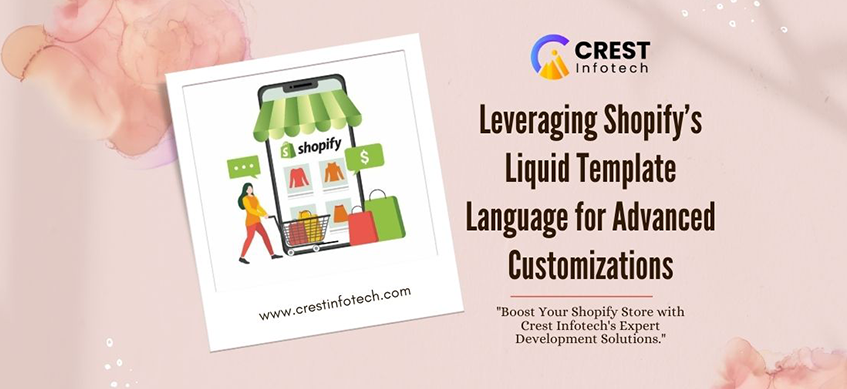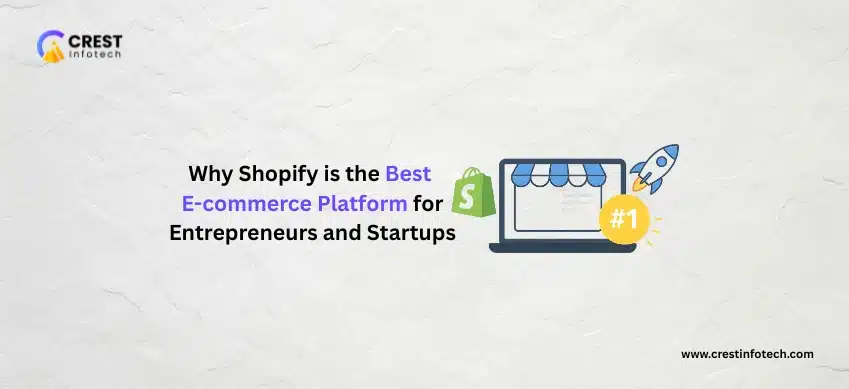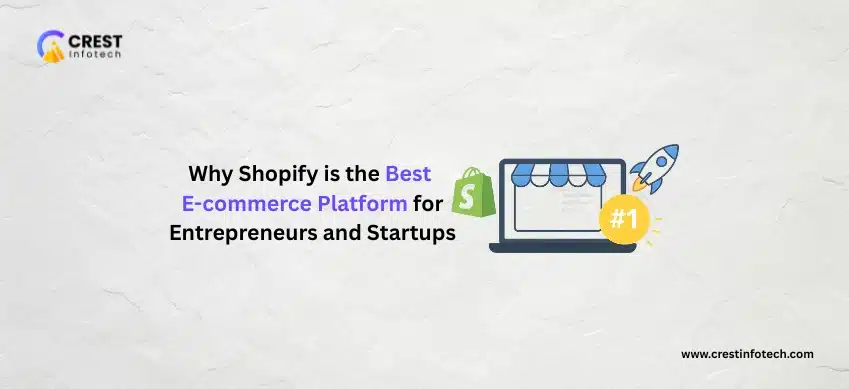Shopify’s Liquid template language is the backbone of its theme customization and development process. As a flexible, open-source language, Liquid allows developers to control the content and structure of their Shopify stores dynamically. By mastering Liquid, you can unlock advanced customizations, enabling you to create tailored shopping experiences for your customers. This article delves into how to leverage Liquid for advanced Shopify customizations.
1. Understanding Liquid Basics
Before diving into advanced techniques, it’s essential to grasp the basic structure of Liquid. Liquid is a mix of tags, objects, and filters that control the flow and output of a Shopify store’s theme.
- Tags: Liquid tags control the logic within templates. They allow you to create loops, conditional statements, and define variables. For example,
{% for product in products %}will loop through a list of products. - Objects: Objects represent the data in Shopify. They are enclosed in double curly braces:
{{ product.title }}outputs the title of a product. - Filters: Filters modify the output of objects. For instance,
{{ product.price | money }}formats a product’s price.
Once you have a handle on these core concepts, you can explore advanced customizations.
2. Dynamic Content with Conditional Logic
One of the strengths of Liquid is its ability to apply conditional logic. You can use {% if %}, {% else %}, and {% unless %} tags to modify what’s displayed based on certain conditions.
Example: Displaying a Discount Banner
You can show a discount banner only if a product is on sale:
{% if product.compare_at_price > product.price %}
<div class="discount-banner">
Save {{ product.compare_at_price | minus: product.price | money }}!
</div>
{% endif %}
This conditional statement checks if the product is on sale and dynamically displays a banner with the discount amount.
3. Loops for Dynamic Data Display
Loops in Liquid allow you to iterate over a collection of data, such as products, blogs, or collections. The {% for %} tag is a versatile tool for customizing how data is presented on the frontend.
Example: Displaying Featured Products
You can create a custom section that loops through a list of featured products:
<div class="featured-products">
{% for product in collections['featured'].products %}
<div class="product">
<h2>{{ product.title }}</h2>
<p>{{ product.price | money }}</p>
<a href="{{ product.url }}">View Product</a>
</div>
{% endfor %}
</div>
This loop outputs the title, price, and a link to each product in the “featured” collection.
4. Customizing the Cart with Liquid
Liquid allows you to modify how cart information is displayed, giving customers a more personalized experience. You can enhance the cart page by dynamically showing upsell products or custom messaging.
Example: Upsell Recommendations in the Cart
{% if cart.item_count > 2 %}
<div class="upsell">
<h3>Customers who bought these items also liked:</h3>
{% for product in collections['upsell'].products %}
<div class="upsell-product">
<h4>{{ product.title }}</h4>
<a href="{{ product.url }}">View Product</a>
</div>
{% endfor %}
</div>
{% endif %}
In this example, if a customer has more than two items in their cart, the code displays a list of recommended upsell products from the “upsell” collection.
5. Advanced Filters for Data Formatting
Liquid filters can be applied to objects to change their output. Shopify provides several built-in filters, but combining them creatively allows for more advanced customizations.
Example: Displaying Relative Time
You can display how much time has passed since a blog post was published:
<p>Posted {{ article.published_at | date: "%Y-%m-%d" | time_ago }}</p>
This outputs the date of the article in a relative format like “3 days ago” by using the time_ago filter (though you might need a custom solution for such a filter as it’s not built-in).
6. Custom Variables for Reusable Code
Liquid allows you to set custom variables using {% assign %} or {% capture %}. These variables can store data or reusable content, streamlining your code and improving maintainability.
Example: Reusing Product Badge Logic
{% assign product_badge = "" %}
{% if product.available == false %}
{% assign product_badge = "Sold Out" %}
{% elsif product.price < product.compare_at_price %}
{% assign product_badge = "On Sale" %}
{% endif %}
<div class="product-badge">{{ product_badge }}</div>
By assigning product_badge a value based on product conditions, you can reuse this variable throughout the page.
7. Creating Modular Sections with Liquid
Shopify’s section-based theme architecture makes it easy to create modular, reusable components for your store. These sections are built with Liquid, allowing non-developers to drag and drop components on the frontend.
Example: Customizable Homepage Banner Section
{% section 'homepage-banner' %}
In this section file (sections/homepage-banner.liquid), you can include customizable fields like background images, text, and call-to-action buttons that users can configure in the theme settings.
8. Ajax Interactions with Liquid
Liquid can work in conjunction with Ajax to create dynamic and interactive elements without reloading the page.
Example: Add to Cart Button with Ajax
$.ajax({
type: 'POST',
url: '/cart/add.js',
dataType: 'json',
data: {
id: variant_id,
quantity: 1
},
success: function(item) {
// Update cart UI
}
});
Liquid can be used to output dynamic product IDs and other information into the JavaScript code, making the store highly interactive.
9. Custom Meta Fields for Extra Data
Shopify’s metafields allow you to add custom data fields to products, collections, or pages. You can retrieve and display this data using Liquid.
Example: Displaying Custom Product Specs
{% if product.metafields.custom.specifications %}
<div class="product-specs">
{{ product.metafields.custom.specifications }}
</div>
{% endif %}
This code checks if a product has a metafield for specifications and displays it on the product page.
Conclusion
Shopify’s Liquid template language offers a vast array of possibilities for customizing e-commerce stores. Whether you’re using loops to display dynamic content, implementing advanced filters for data manipulation, or adding Ajax interactions, Liquid enables you to create highly customized shopping experiences. By leveraging these advanced Liquid techniques, you can take full control of your Shopify store’s design and functionality, delivering a tailored experience that meets your business needs.



